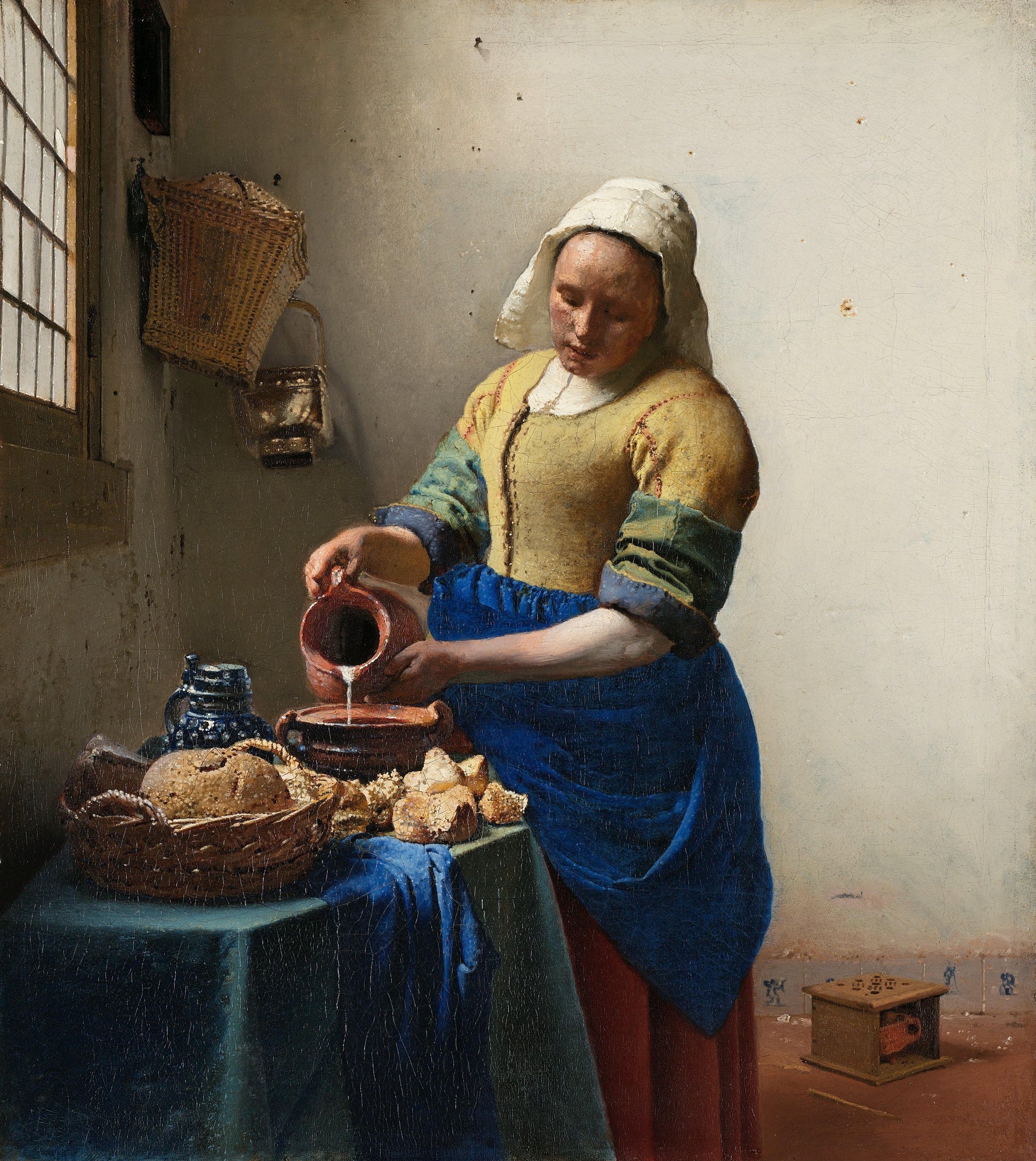After several years of writing and performing songs influenced by such sources as authors Edward Gorey and Raymond Chandler, filmmaker Tim Burton, and murder ballads in the American folk tradition, Ellia Bisker and Jeffrey Morris, known collectively as Charming Disaster, began casting around for a single, existing narrative that could sustain an album’s worth of original tunes.
An encounter with Lauren Redniss’s graphic novel Radioactive: Marie & Pierre Curie: A Tale of Love and Fallout spurred them to look more deeply at the Nobel Prize-winning scientist and her pioneering discoveries.

The result is Our Lady of Radium, a nine song exploration of Curie’s life and work.
The crowdfunded album, recorded during the pandemic, is so exhaustively researched that the accompanying illustrated booklet includes a bibliography with titles ranging from David I. Harvie’s technically dense Deadly Sunshine: The History and Fatal Legacy of Radium to Deborah Blum’s The Poisoner’s Handbook, described by The New York Observer as “a vicious, page-turning story that reads more like Raymond Chandler than Madame Curie.”
A chapter in the The Poisoner’s Handbook introduced Bisker and Morris to the Radium Girls, young workers whose prolonged exposure to radium-based paint in early 20th-century clock factories had horrific consequences.
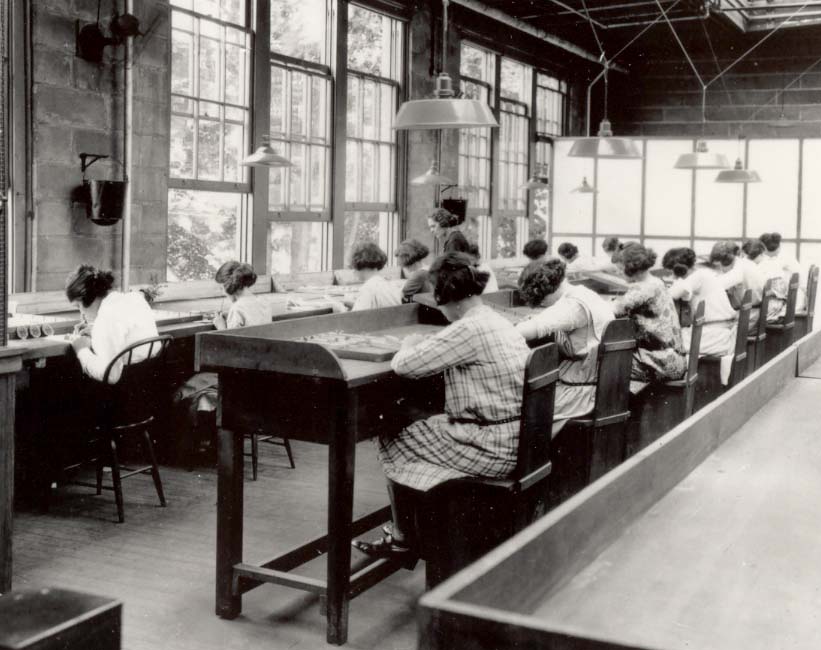
In La Porte v. United States Radium Corporation (1935) prosecutors detailed the conditions under which the luminous dials of inexpensive watch faces were produced:
Each girl procured a tray containing twenty-four watch dials and the material to be used to paint the numerals upon them so that they would appear luminous. The material was a powder, of about the consistency of cosmetic powder, and consisted of phosphorescent zinc sulphide mixed with radium sulphate…The powder was poured from the vial into a small porcelain crucible, about the size of a thimble. A quantity of gum arabic, as an adhesive, and a thinner of water were then added, and this was stirred with a small glass rod until a paintlike substance resulted. In the course of a working week each girl painted the dials contained on twenty-two to forty-four such trays, depending upon the speed with which she worked, and used a vial of powder for each tray. When the paint-like substance was produced a girl would employ it in painting the figures on a watch dial. There were fourteen numerals, the figure six being omitted. In the painting each girl used a very fine brush of camel’s hair containing about thirty hairs. In order to obtain the fine lines which the work required, a girl would place the bristles in her mouth, and by the action of her tongue and lips bring the bristles to a fine point. The brush was then dipped into the paint, the figures painted upon the dial until more paint was required or until the paint on the brush dried and hardened, when the brush was dipped into a small crucible of water. This water remained in the crucible without change for a day or perhaps two days. The brush would then be repointed in the mouth and dipped into the paint or even repointed in such manner after being dipped into the paint itself, in a continuous process.
The band found themselves haunted by the Radium Girls’ story:
Partly it’s that it seemed like a really good job — it was clean work, it was less physically taxing and paid better than factory or mill jobs, the working environment was nice — and the workers were all young women. They were excited about this sweet gig, and then it betrayed them, poisoning them and cutting their lives short in a horrible way.
There were all these details we learned that we couldn’t stop thinking about. Like the fact that radium gets taken up by bone, which then starts to disintegrate because radium isn’t as hard as calcium. The Radium Girls’ jaw bones were crumbling away, because they (were instructed) to use their lips to point the brushes when painting watch faces with radium-based paint.
The radium they absorbed was irradiating them from inside, from within their own bones.
Radium decays into radon, and it was eventually discovered that the radium girls were exhaling radon gas. They could expose a photographic plate by breathing on it. Those images—the bones and the breath—stuck with us in particular.
Fellow musician, Omer Gal, of the “theatrical freak folk musical menagerie” Cookie Tongue, heightens the sense of dread in his chilling stop-motion animation for Our Lady of Radium’s first music video, above. There’s no question that a tragic fate awaits the crumbling, uncomprehending little worker.
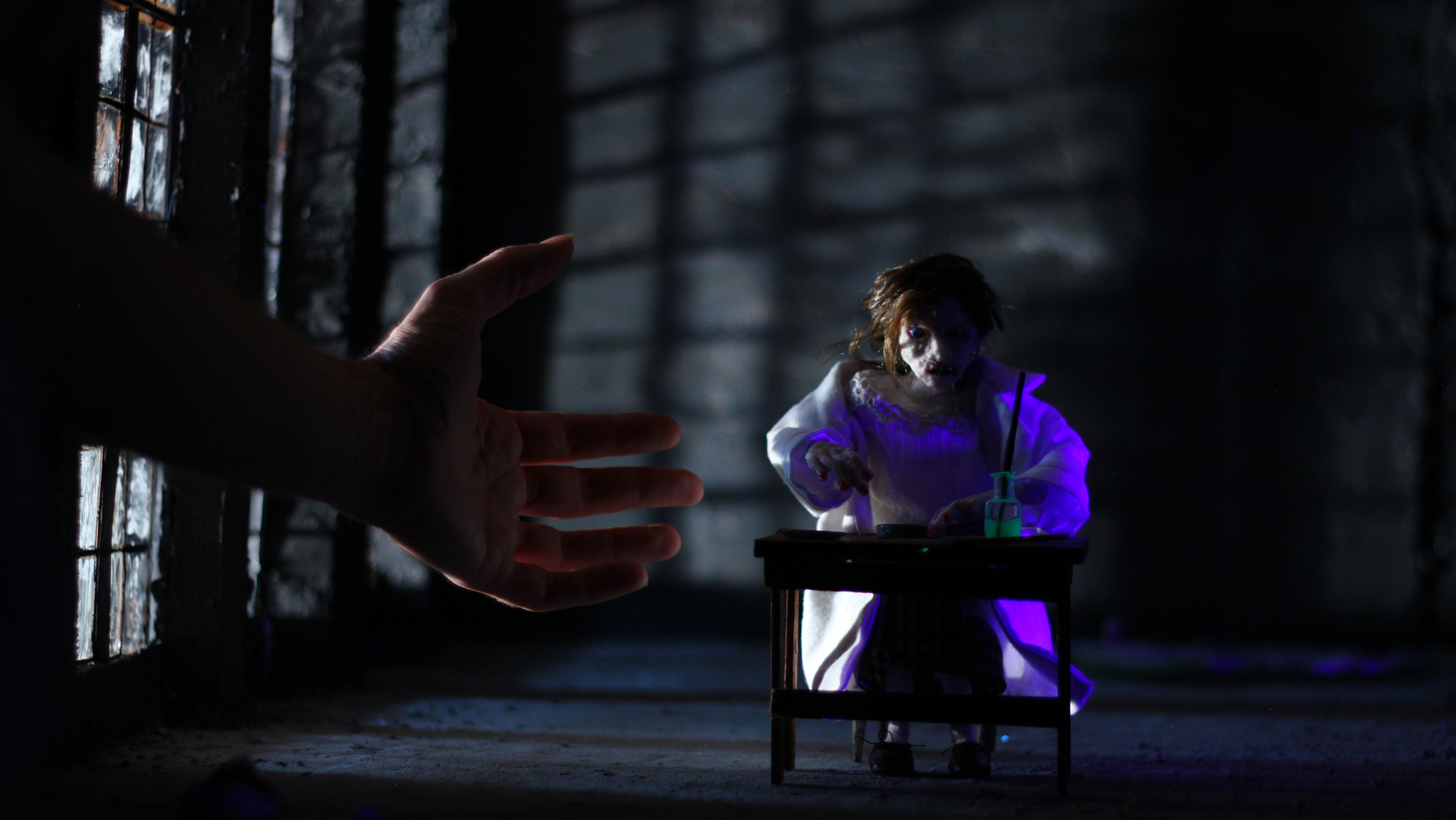
Before their physical symptoms started to manifest, the Radium Girls believed what they had been told — that the radium-based paint they used on the timepieces’ faces and hands posed no threat to their well being.
Compounding the problem, the paint’s glow-in-the-dark properties proved irresistible to high-spirited teens, as the niece of Margaret “Peg” Looney — 17 when she started work at the Illinois Radium Dial Company (now a Superfund Site) — recounted to NPR:
I can remember my family talking about my aunt bringing home the little vials (of radium paint.) They would go into their bedroom with the lights off and paint their fingernails, their eyelids, their lips and then they’d laugh at each other because they glowed in the dark.
Looney died at 24, having suffered from anemia, debilitating hip pain, and the loss of teeth and bits of her jaw. Although her family harbored suspicions as to the cause of her bewildering decline, no attorney would take their case. They later learned that the Illinois Radium Dial Company had arranged for medical tests to be performed on workers, without truthfully advising them of the results.

Eventually, the mounting death toll made the connection between workers’ health and the workplace impossible to ignore. Lawsuits such as La Porte v. United States Radium Corporation led to improved industrial safety regulations and other labor reforms.
Too late, Charming Disaster notes, for the Radium Girls themselves:
(Our song) Radium Girls is dedicated to the young women who were unwittingly poisoned by their work and who were ignored and maligned in seeking justice. Their plight led to laws and safeguards that eventually became the occupational safety protections we have today. Of course that is still a battle that’s being fought, but it started with them. We wanted to pay tribute to these young women, honor their memory, and give them a voice.
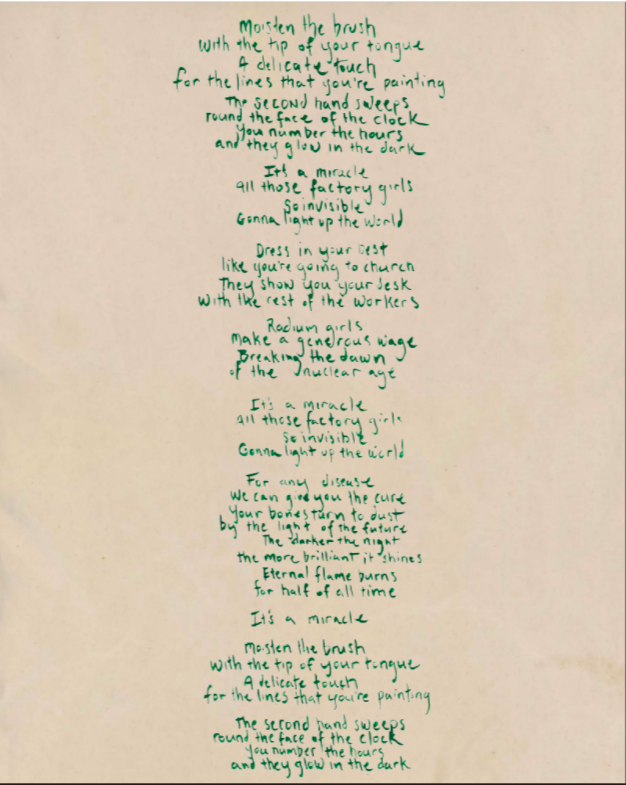
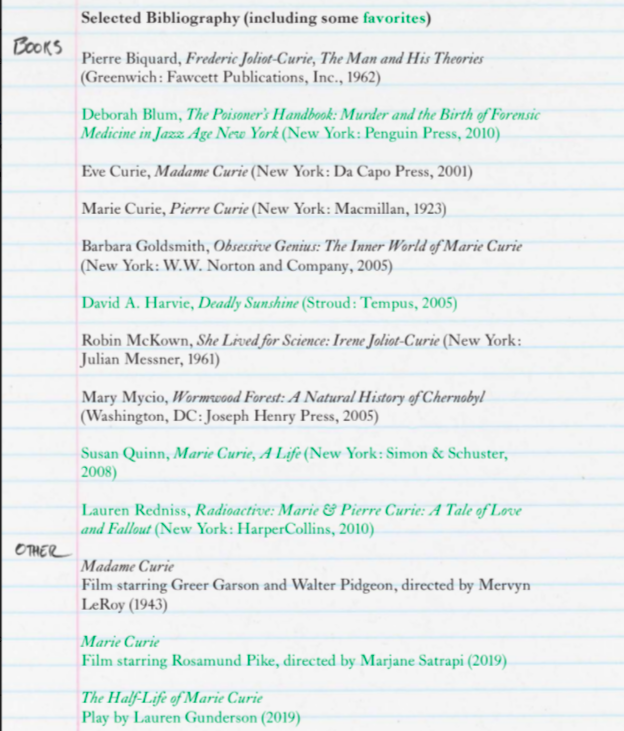
Preorder Charming Disaster’s Our Lady of Radium here.
Related Content:
Marie Curie’s Research Papers Are Still Radioactive 100+ Years Later
An Animated Introduction to the Life & Work of Marie Curie, the First Female Nobel Laureate
Ayun Halliday is the Chief Primatologist of the East Village Inky zine and author, most recently, of Creative, Not Famous: The Small Potato Manifesto. Follow her @AyunHalliday.
